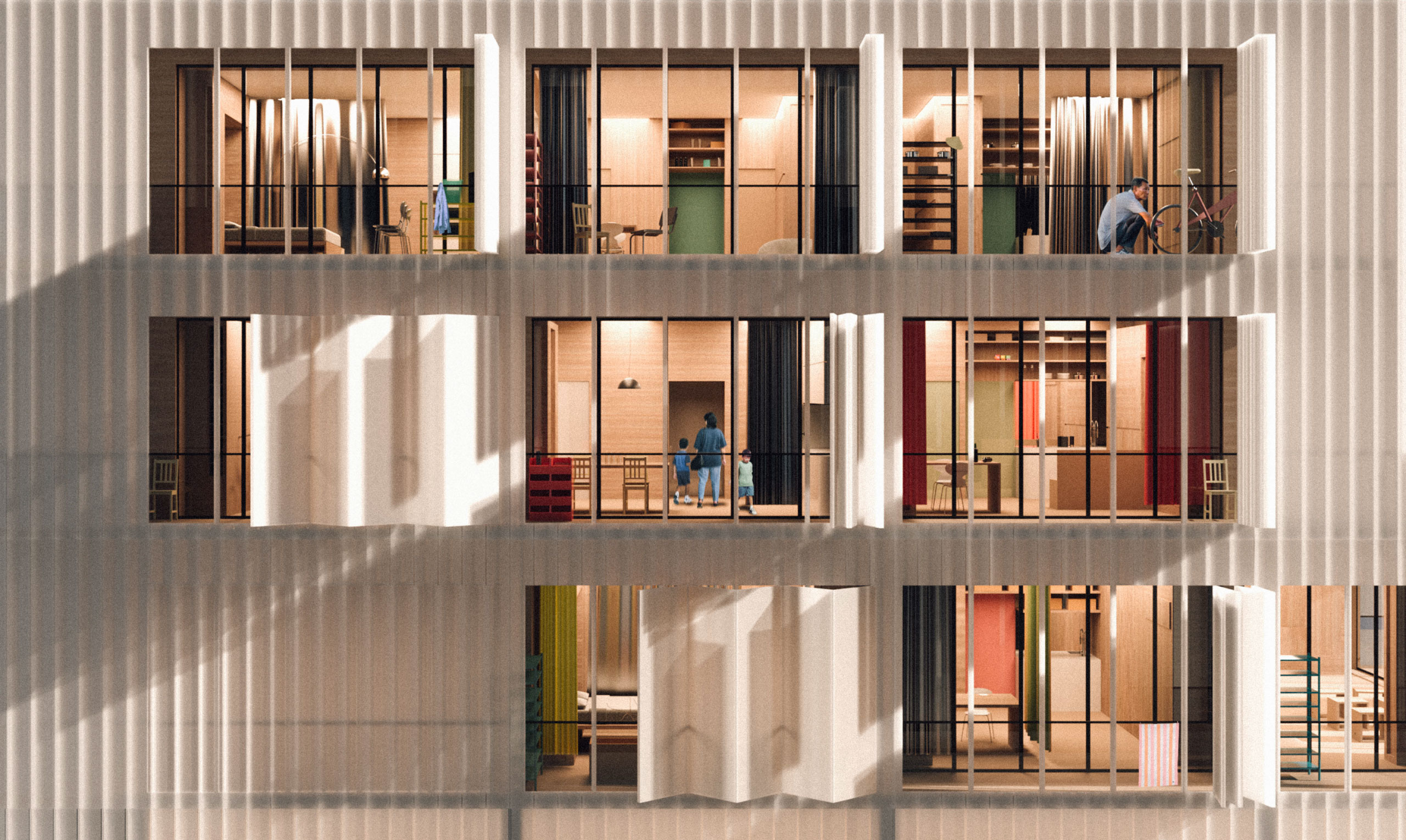

Methods of reinvention and change have always been a part of Chinatowns’ history as a means of preservation and anti-displacement, but, are relied on orientalist designs and mix Chinese architectural vernaculars that catered to the white middle class. Is there a way to move beyond this model of development? What if it wasn’t based on fetishizing “Asian aesthetics”, but rather based on the activities and behaviours that exist within the community.
Using the model of a community land trust based on the Community Power for Anti-Displacement report, this thesis envisions collaboration between members of the Chinatown Business Improvement Area and activists Friends of Chinatown, which represent two generational groups that are dominant voices in the Chinatown neighbourhood. Like many of these different generational groups, they tend to not see eye to eye On one hand you have the Chinatown BIA who are advocating for “new blood” and want to have outsider influence and businesses come in to invest in Chinatown. On the other hand, you have Friends of Chinatown that is really against a lot of this “bobbafication”, and are advocating keeping Chinatown affordable, and wants to promote methods of community control and power. With all their differences in ideas and methods, there is one commonality between the two groups, and it’s understanding the importance of legacy in Chinatown. It’s the idea that regardless of how both parties feel, there is this common mission of trying to find a way to take care of the next generation – and keeping Chinatown for the community in their own ways.
By having the BIA and FOCT work together, there are opportunities to bring in more partnerships from their pools of networks and to have multiple methods of occupancies on the site. A community land trust can act as an ownership model that works well for both parties and for the project by advocating for the legacy of the neighbourhood while investing in community players and stakeholders already within their circles – the more players in the project, the stronger the land trust.
The full thesis presentation can be viewed here
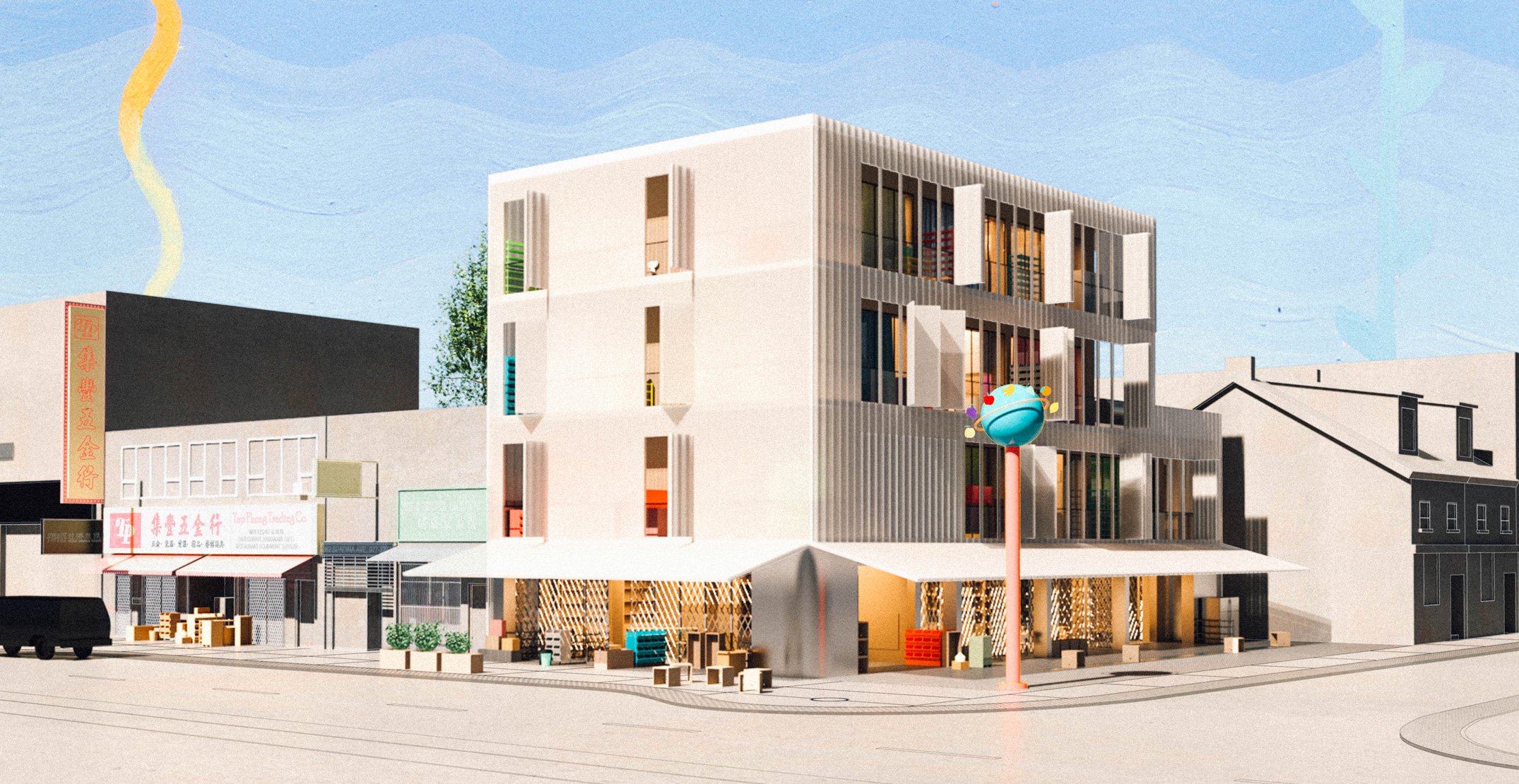
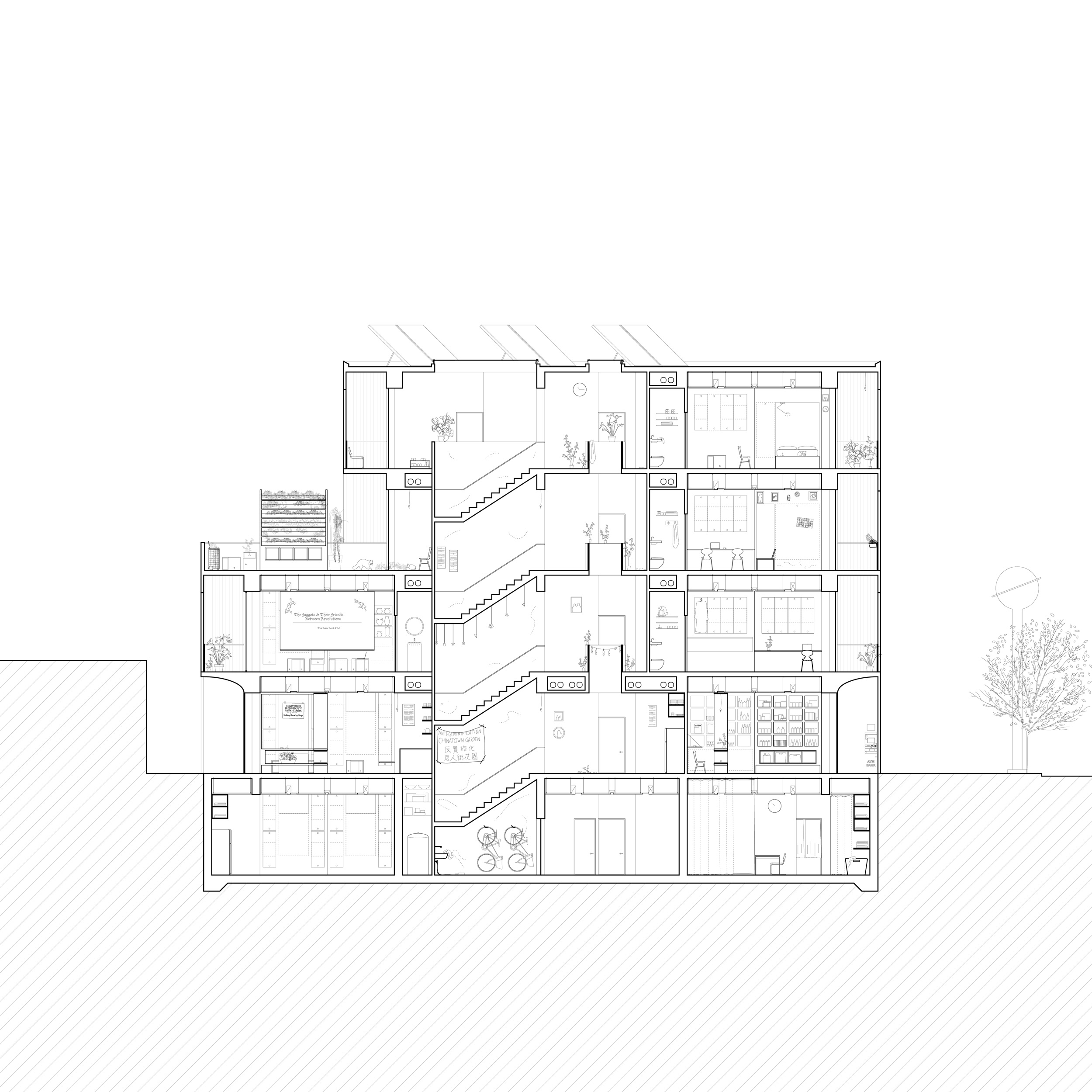
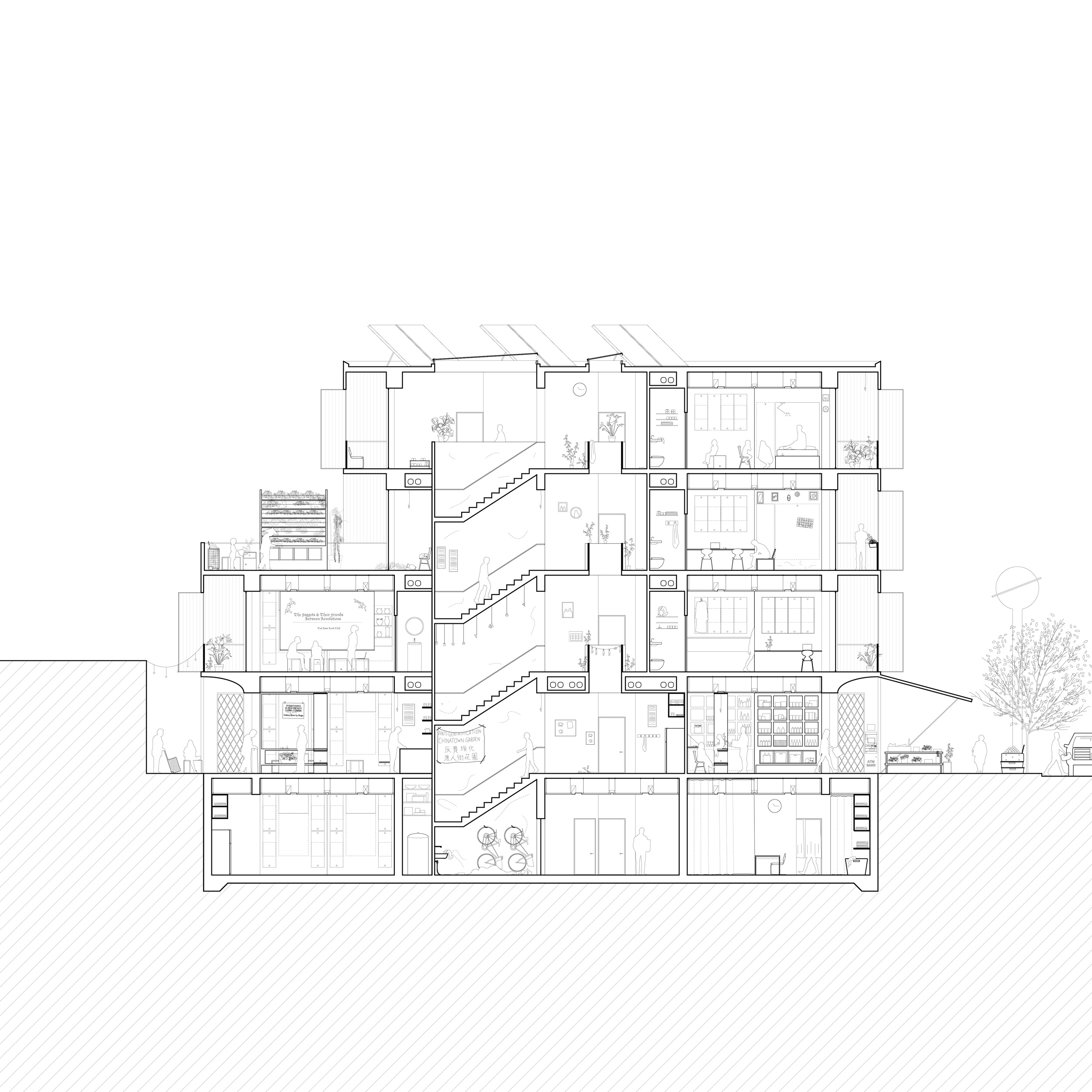

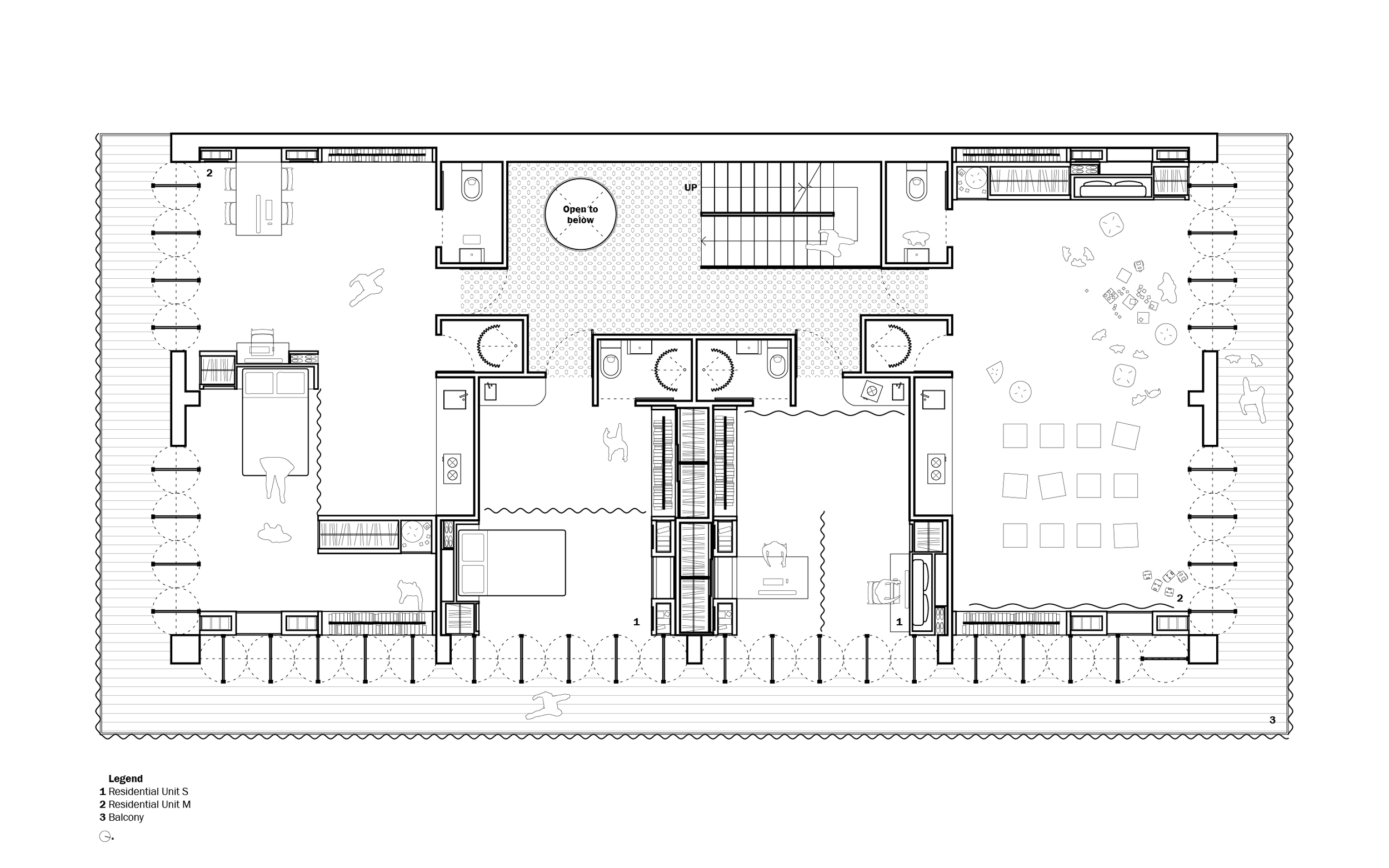
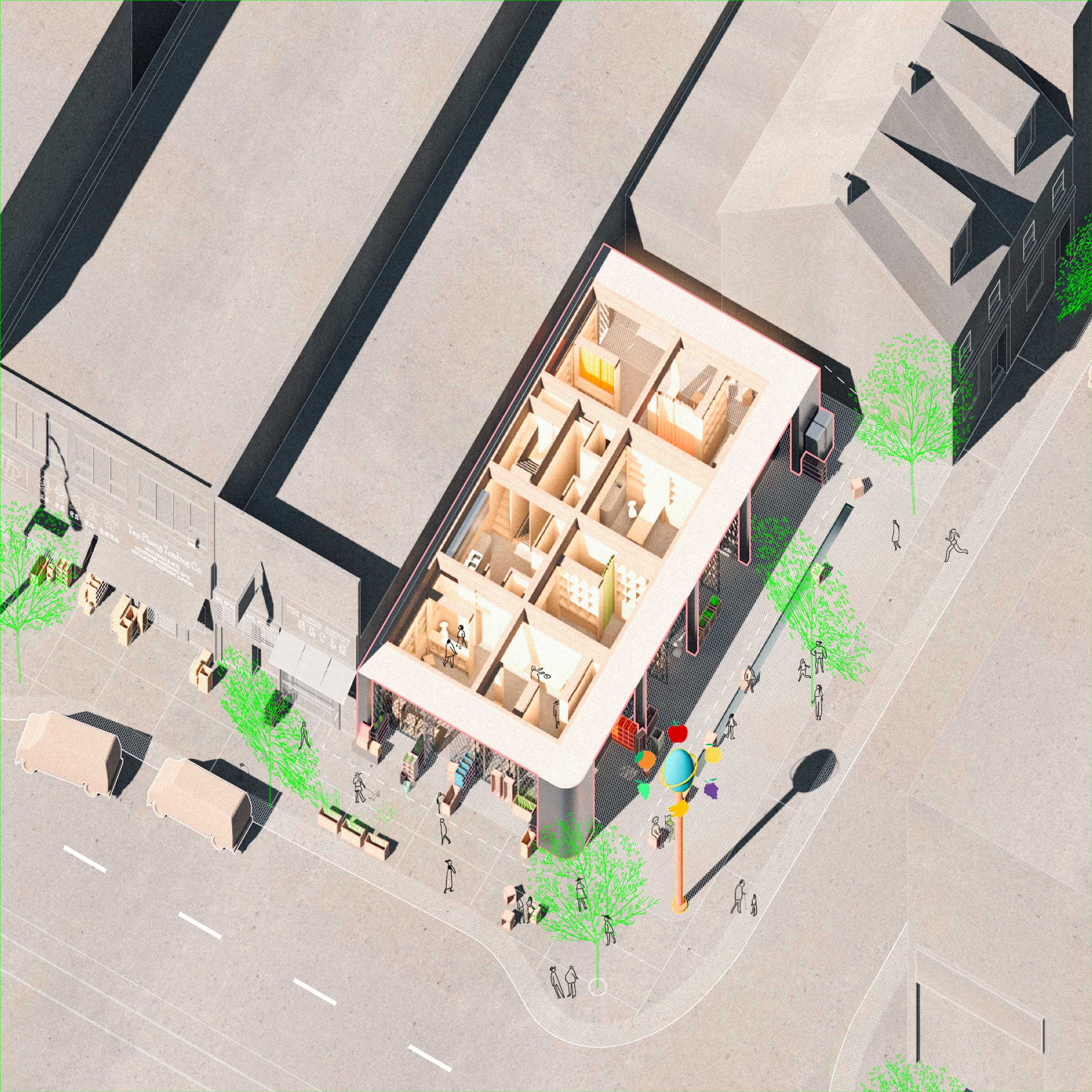



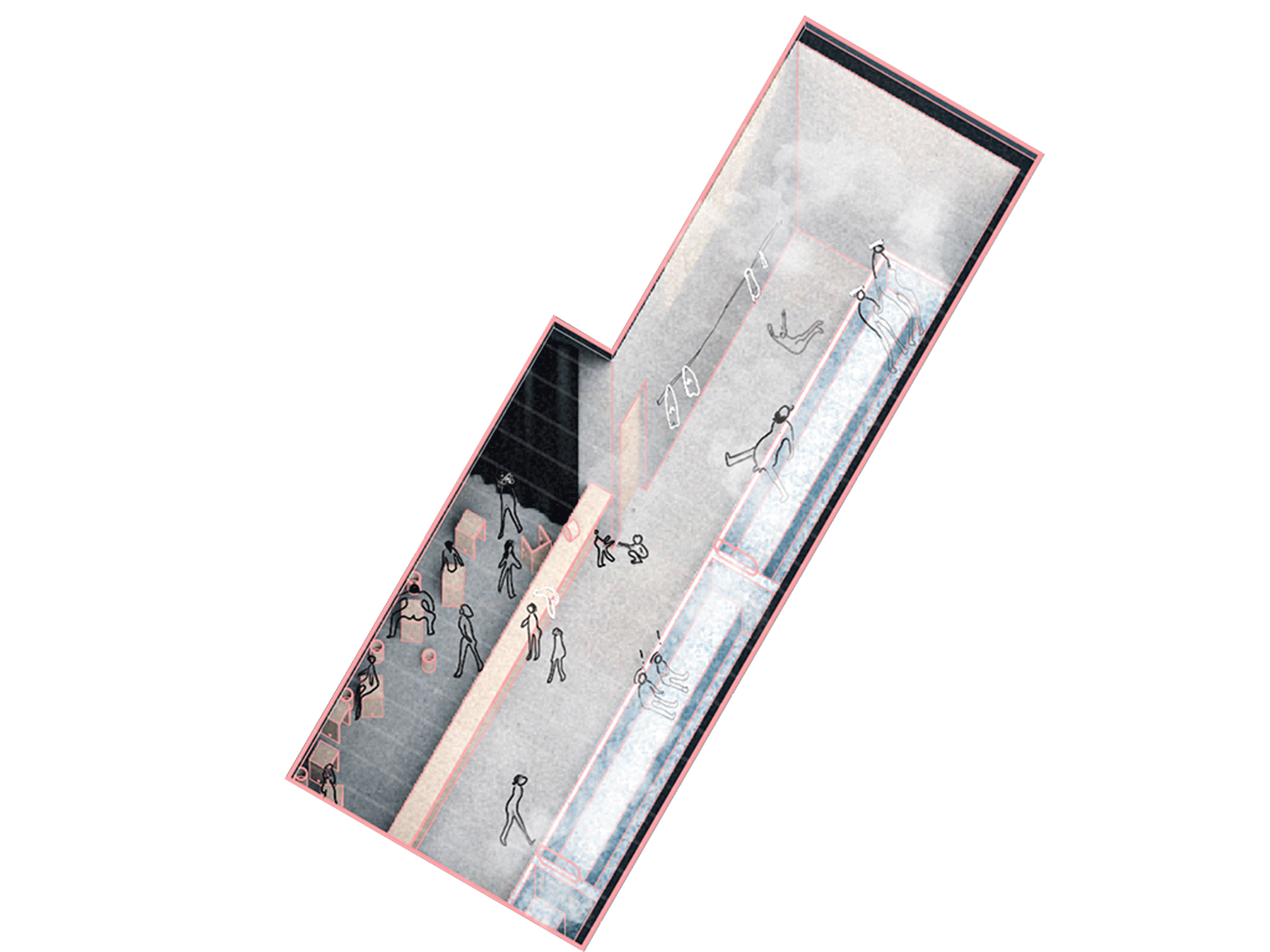
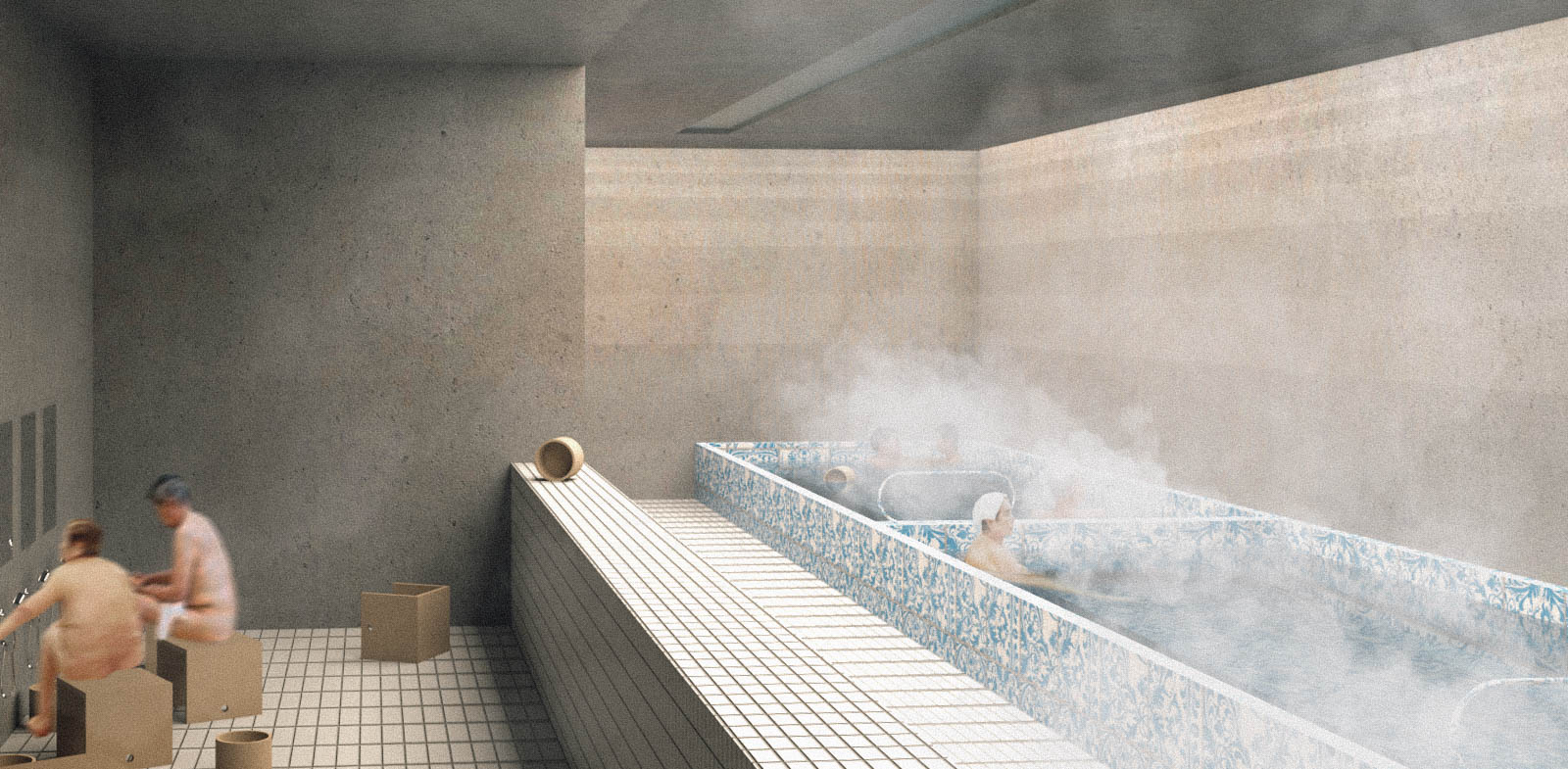
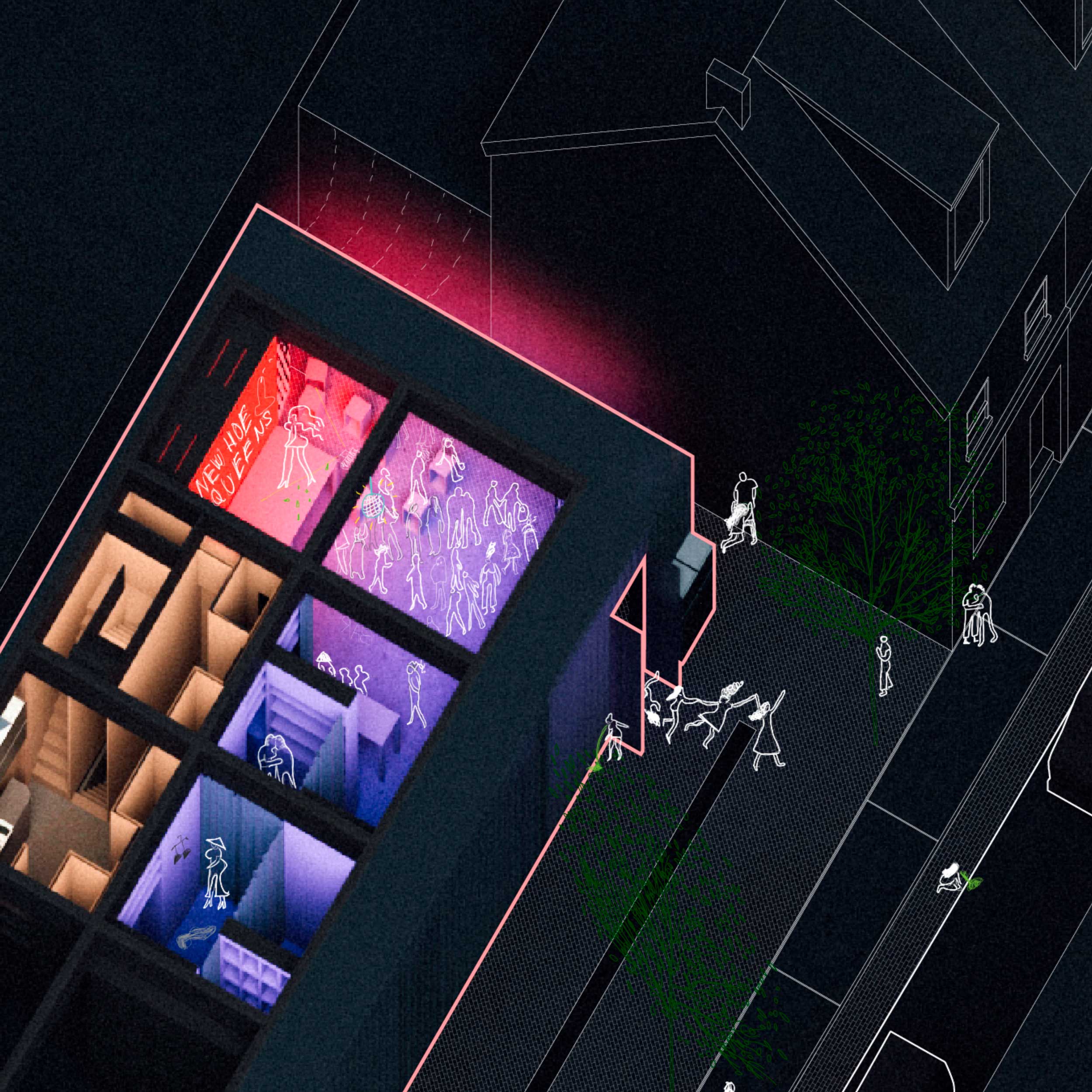

The thesis is a response to intergenerational tensions and differences, and how they could come together to take on the next generation. It became a process to try and understand how my nephew is going to learn about his Vietnamese and Taiwanese heritage in the future. Chinatowns in North America for a lot of Asian folks are spaces that mean a lot and are hubs we always seek out – seeing your language and people who look like you, where you can practice your mother tongue, and eating the food that you really miss that smell like home – it is such a huge part of the Asian diasporic experience. I know eventually, these existing shops and hubs will close and disappear once the parents retire, but it’s really trying to figure out what comes next. It is about finding methods of giving power to existing communities to finally root themselves in these neighbourhoods through acts of ownership and care.
Hopefully, the land trust can be passed on to these generations. Like the title, the community land trust acts as the seed – by planting the seed, the building becomes the fruit. Through creating relationships and trust with existing partners and residents of Chinatown, the fruit can then be shared.


